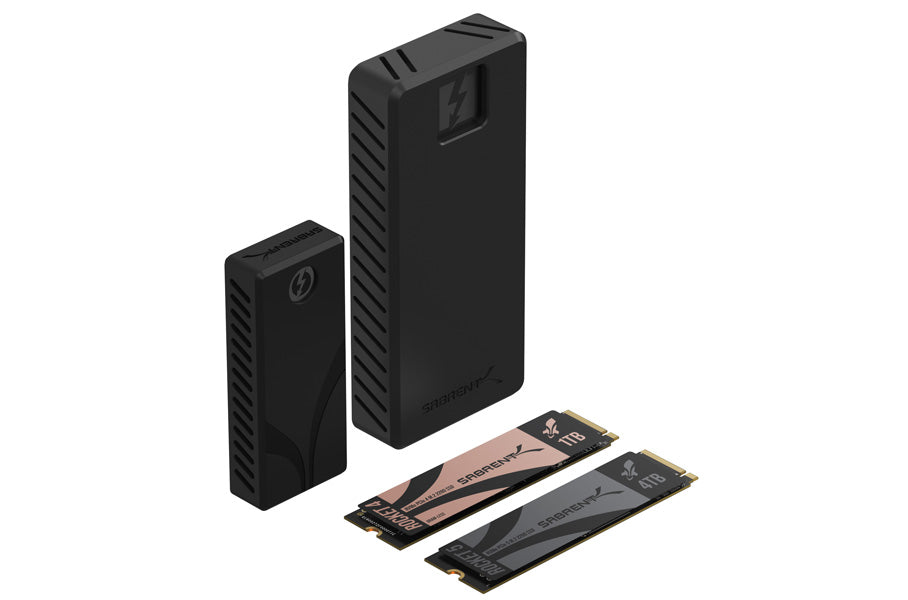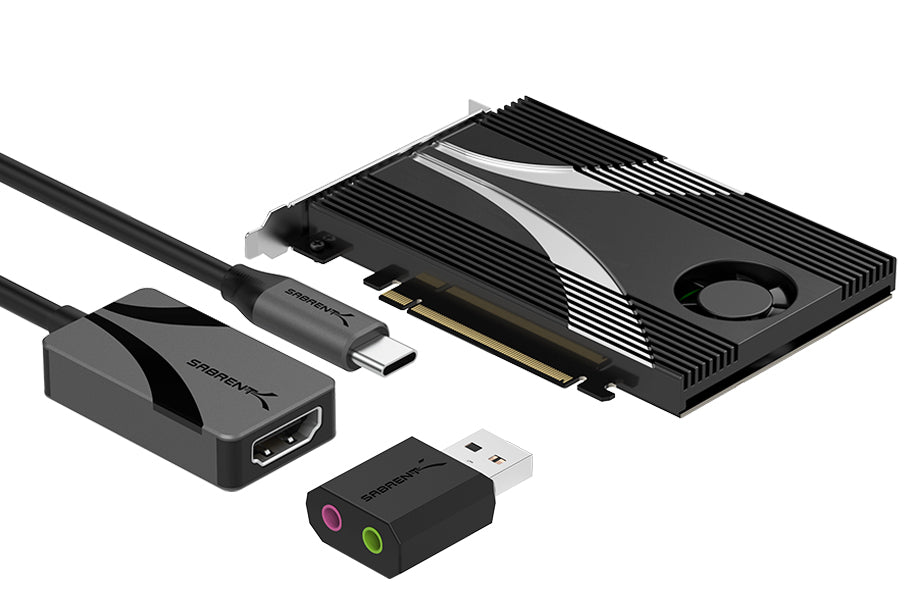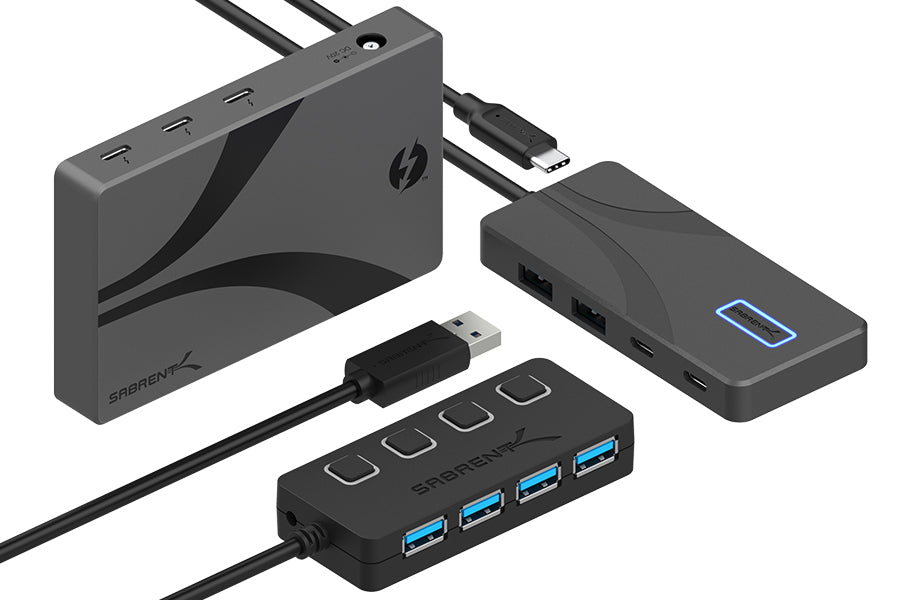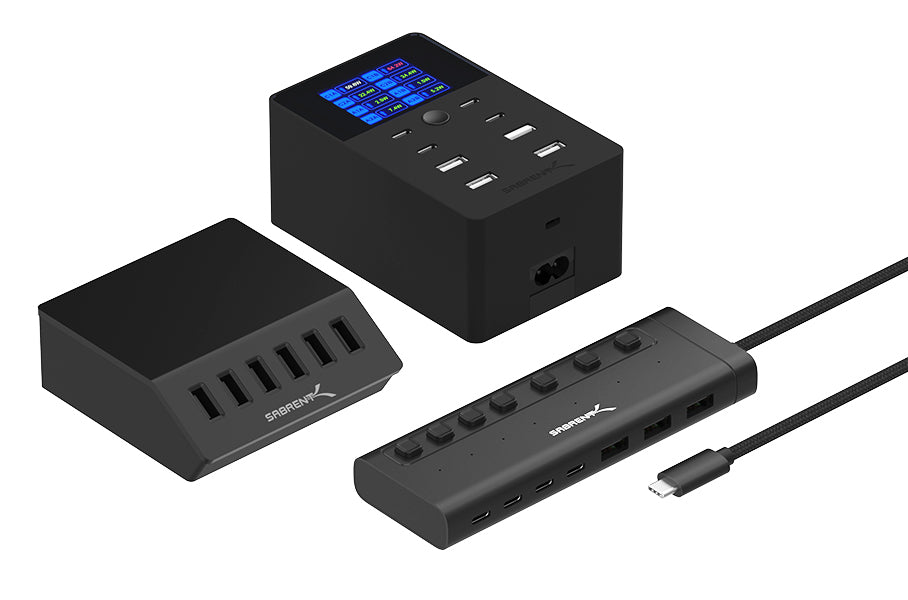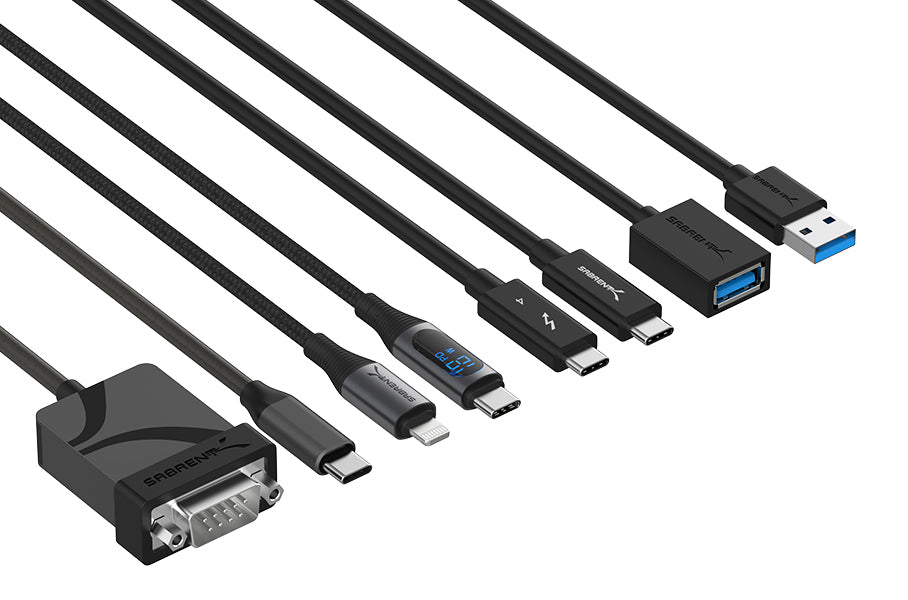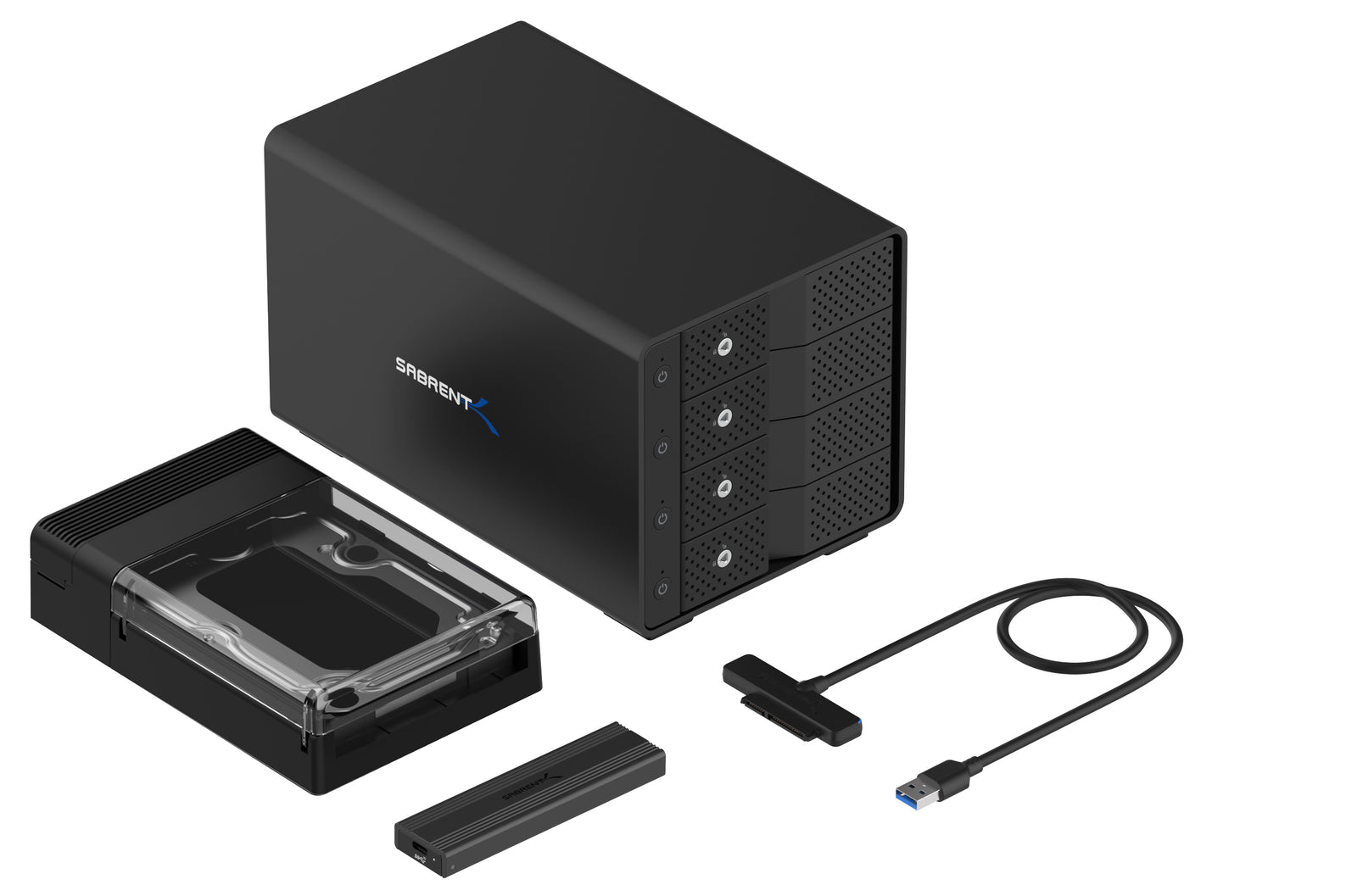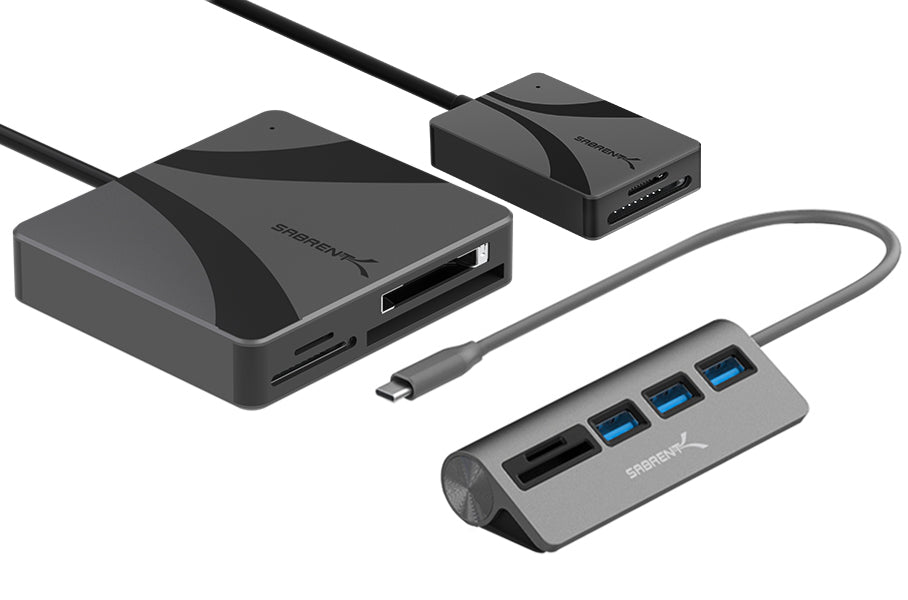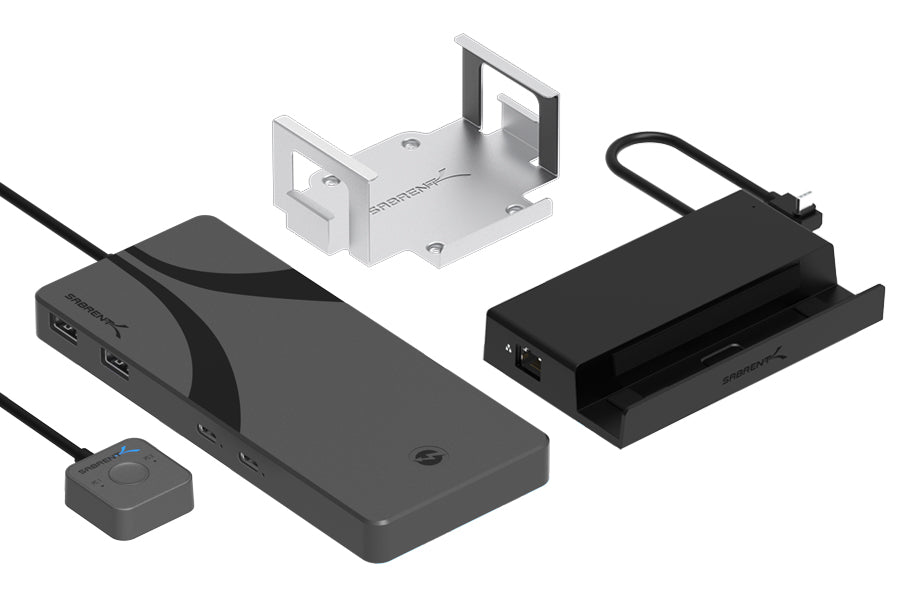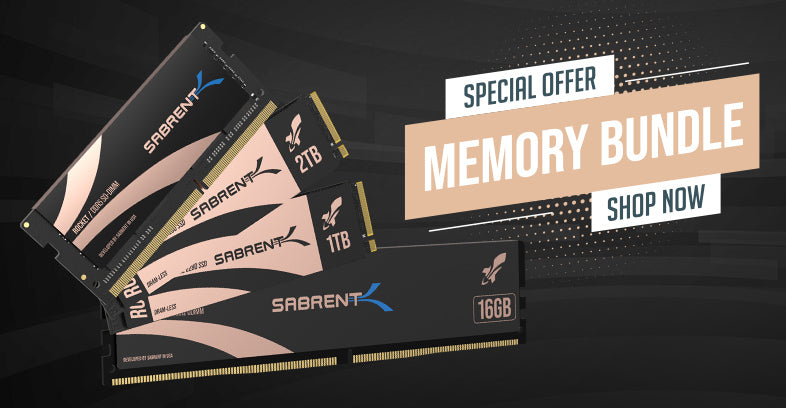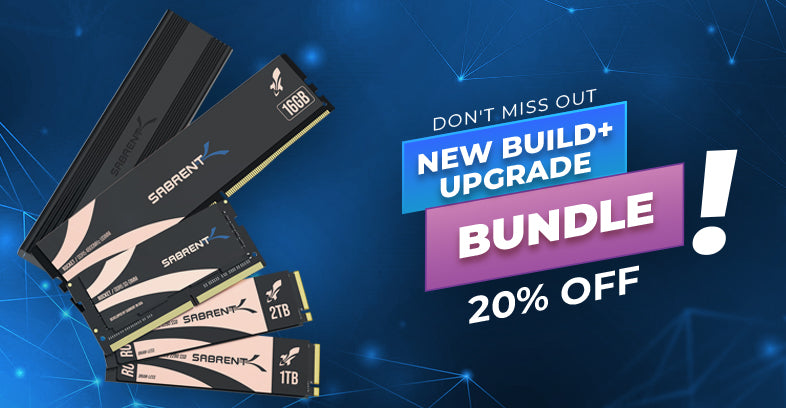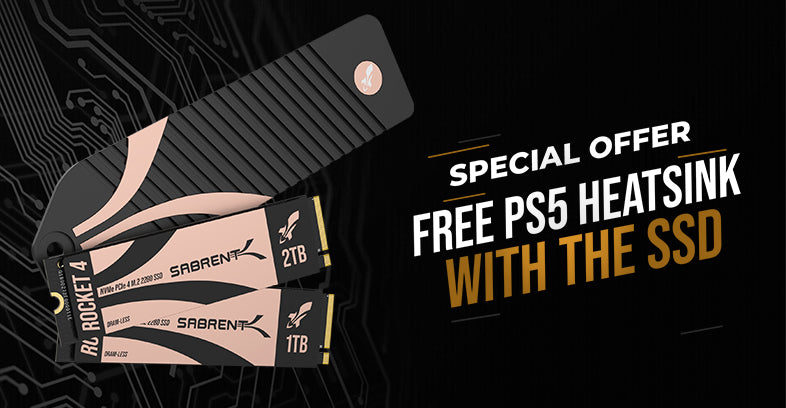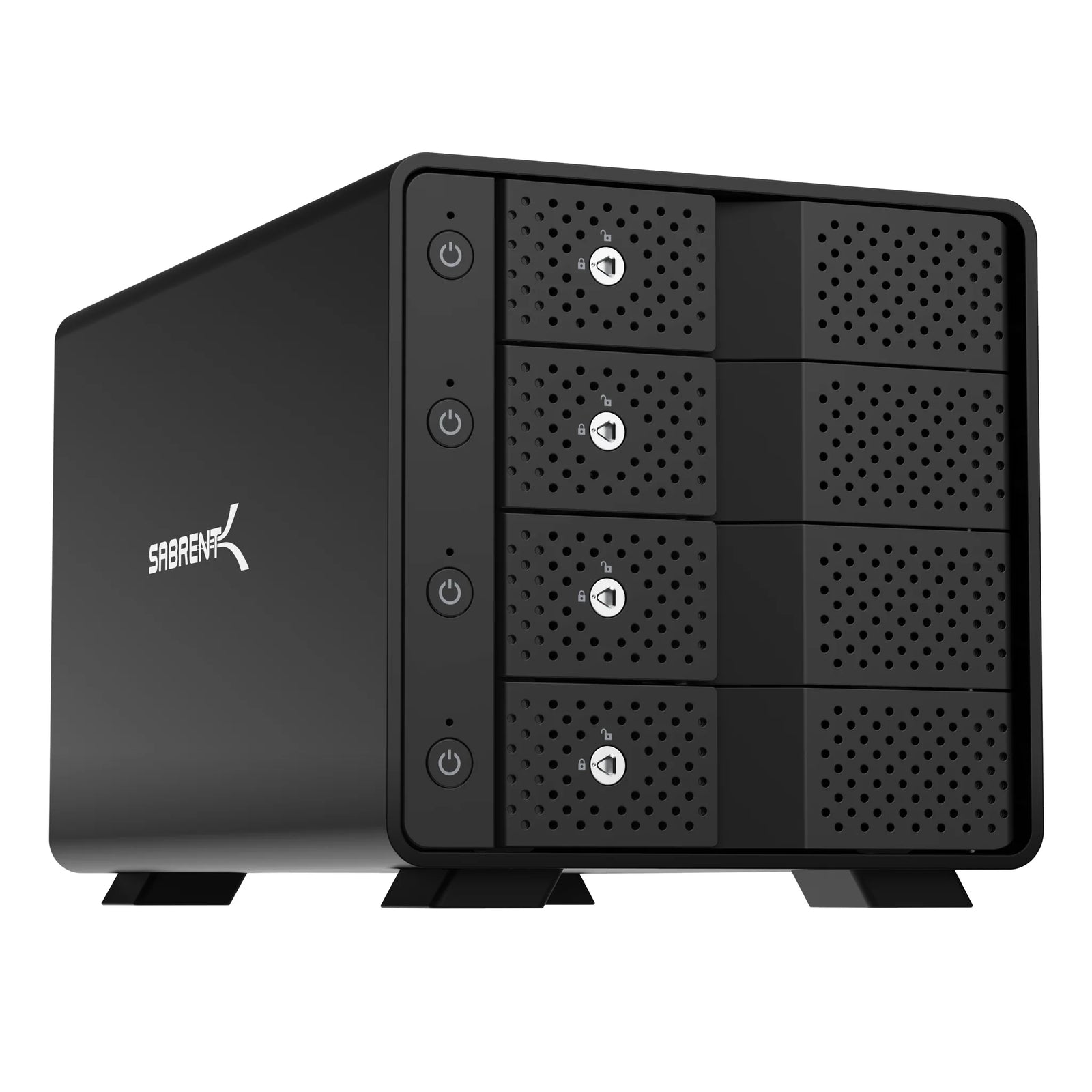It's not news to most that the NAND flash market has topsy-turvy the last few years, with prices plummeting seemingly on a daily basis. Even now, in mid-2023, it looks like prices will continue to fall in the short-term. This is good news for those that want the price per GB of SSDs to get closer to that of HDDs. Higher-capacity SSDs are always in demand, even though most users probably can't use more than a TB or two of space for the items that demand it. After all, an HDD is still perfectly fine for media storage, archival, backups, and large files as often used in content creation. News of the death of HDDs has been greatly exaggerated, although relative pricing is as high as ever.
Storage markets are at an all-time low, including HDDs with the "lowering price of HDD storage (in $/TB) [being] due to higher capacities for shipping HDDs" with more demand in the data center than for consumer. Source: Storage Newsletter
As important as NAND may seem to the general user, its pricing is actually driven largely by mobile and enterprise. Smartphones are a huge market and the cloud requires immense amounts of flash for ever-growing data, including for AI training sets. Still, bringing down the price on client machines helps put computing power into more hands. Cheap flash memory is a good thing even on a small scale as its performance, particularly with random latency, simply outstrips HDDs by multiple orders of magnitude. There's a reason Sabrent invests so much into cutting-edge SSDs, though, as the market has to be driven to the point where more competition increases availability and lowers cost.
Micron's new UFS 4.0: "This product is Micron’s first mobile solution built on the company’s innovative 232-layer triple-level cell (TLC) NAND, which delivers 100% higher write bandwidth and 75% higher read bandwidth" Source: Micron Technology
The memory industry as a whole, which could include volatile DRAM, is often tracked and analyzed as if it deals in commodities. It's true that memory is required for computing and goes into every device. There's embedded processors in everything today, not to mention the ever-expanding Internet of Things and the promise of the Edge. This has the tendency to make pricing in the market different than others, to the point that enthusiasts jest about intentional fabrication failures and imagined collusion. The reality is more complicated, but the NAND market only has a few remaining major players after some consolidation, with the bleak market outlook providing additional impetus for more.
Kioxia recently celebrated the 35th anniversary of NAND flash's invention with a dedicated website which includes a historical timeline and highlights flash's use in embedded and industrial devices.
Who are the major players? The first is Samsung, a well-known name that has its hands in many high-tech areas. After that there's Western Digital and Kioxia, partners since the Toshiba days, who are currently working on a merger for their NAND businesses. WD even uses flash in its OptiNAND HDD technology. After that is Solidigm which is effectively a part of SK hynix with the merger of Intel's old NAND business. This leaves Micron out in the cold, a condition which has been particularly troublesome since China's YMTC has caused issues for Micron and vice-versa. Revenue has declined for all of these companies since 2021 and prices are expected to fall further; it is and will remain a good time to buy.

2021-2024 NAND revenue by quarter. Source: Storage Newsletter
So what flash does Sabrent use? Over the years we've used flash from multiple manufacturers, as befits any given product. We try to find the right balance between performance, power efficiency, and cost. Trade-offs are part of the business and certain products cater to certain customers. We take all of that into consideration when selecting and creating out storage devices, memory, and more. If we can later improve on it, we will, as we did with our extremely popular Rocket 4 Plus. We're always aware of the market and its trends and try to keep the flash flowing so you always have enough fast storage. And if you already have an SSD or HDD, we have you covered with enclosures, docking stations, and more.
If you are the lucky owner of a Steam Deck or an ASUS ROG Ally, you might need an M.2 2230 form factor SSD to upgrade your internal storage. We got that, too, and even have a 2TB option! Need to cool an SSD in your PlayStation 5? Add multiple NVMe SSDs to your computer with or without bifurcation? Or maybe just a single SSD. We offer it all to make your life just a little bit easier. We also use NAND in our memory cards made with the finest quality.

